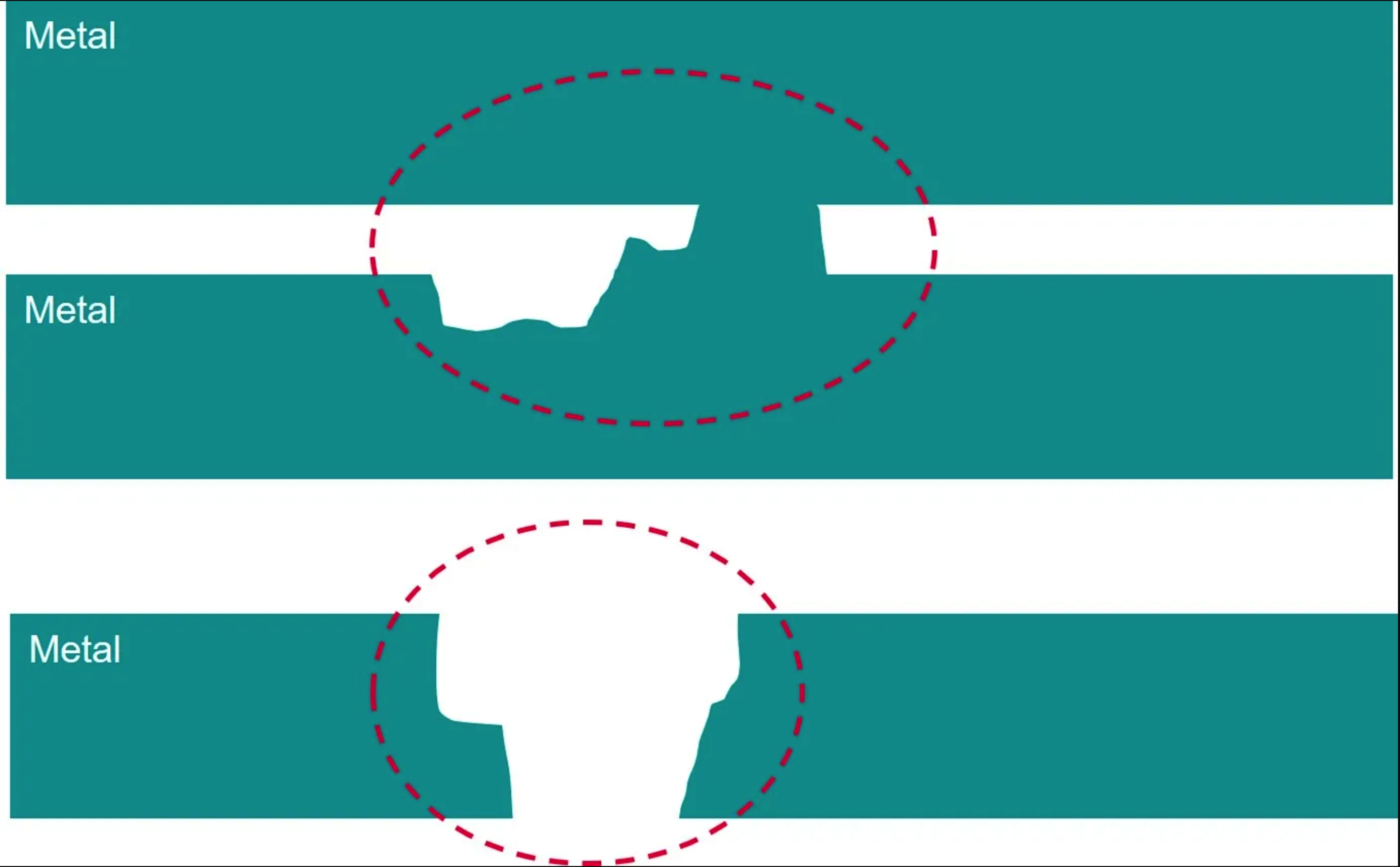
Electromigration Concerns Grow In Advanced Packages
The incessant demand for more speed in chips requires forcing more energy through ever-smaller devices, increasing current density and threatening long-term chip reliability. While this problem is well understood, it’s becoming more difficult to contain in leading-edge designs.
Of particular concern is electromigration, which is becoming more troublesome in advanced packages with multiple chiplets, where various bonding and interconnect schemes create abrupt changes in materials and geometries. For example, electrons may travel from a copper trace to a solder bump of SAC (tin-silver-copper), then to an underbump metal based on nickel, and finally to an interposer copper pad. That, in turn, can cause atoms to shift, resulting in failures in solder joints or in copper redistribution layers in high-density fan-out packages.
“From an electromigration perspective, advanced packaging causes increased packaging density, reduced packaging size, and the dimensions of interconnects to shrink, so the current density is now in close proximity to the maximum current density limit per EM design rules,” said Dermott Lynch, director of technical product management in Synopsys‘ EDA Group.























